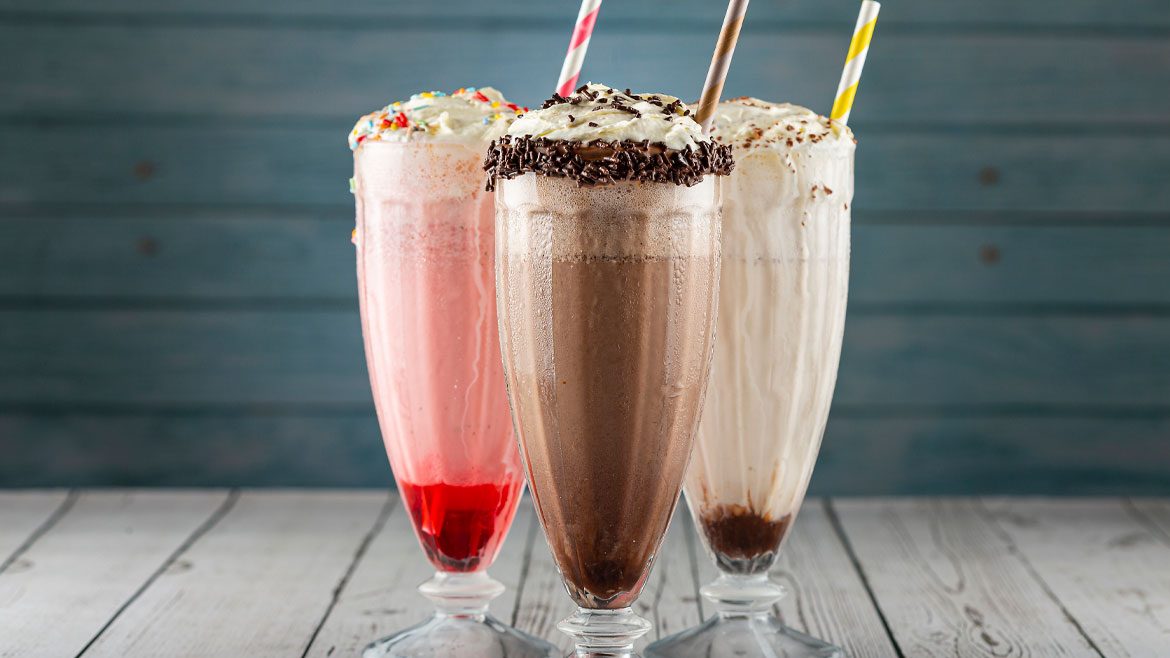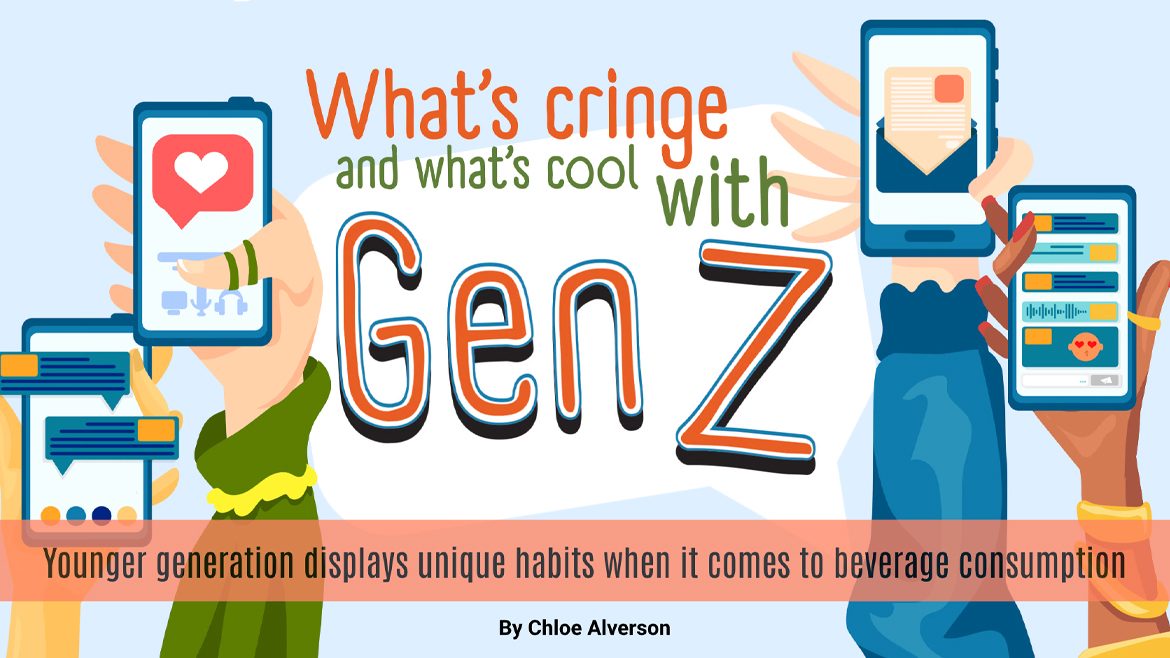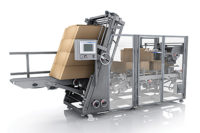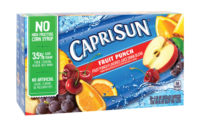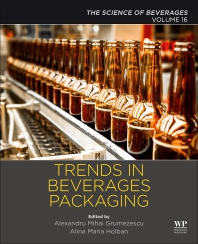Secondary packaging adds value
![]()
Secondary packaging adds value
Good things come in small packages — if
you’re talking about diamonds. But bottles or cans of beer need
bigger wrapping than those precious gems, and packaging suppliers are using
that wrapping to their advantage. They offer the retailer and consumer
added benefits in secondary packaging, from containers that serve as
coolers to casing that conveys a message.
“There have been some innovations with shaped
containers that make the packaging more than just a container — they
add value,” says Kurt Kane, brand director for Molson USA in Golden,
Colo. Molson’s 55-pack Pre-Gamer has a special lining that allows
consumers to add ice to the pack to create a single-use tailgating cooler.
In essence, the package itself becomes valuable to the consumer, beyond
what’s inside. This year, the Pre-Gamer comes packed with two-thirds
Molson Canadian and one-third Molson Canadian Light instead of just
Canadian.
For 2004, Molson upgraded last year’s popular
36-can summer Chiller Pack. Similar to the Pre-Gamer, the pack includes a
combination of Molson Canadian and Molson Canadian Light, and is packed in
an insulated collapsible bag that can be reused. This year, the bag is 20
times stronger and has Velcro handles.
“There is extra value in the pack because it
simplifies the life of the consumer by offering two different kinds of beer
in a ready-to-go pack, and because it can be reused,” Kane says.
Additionally, a special Detroit Red Wings Pack with 28
Molson Canadian bottles touts Molson as the “Official Import of the
Red Wings” on its packaging. It displays Red Wings’ logos and
includes a special “Get in the Game” booklet featuring Molson
hockey gear and tips for the game-day party.
And it’s not only game-ready packaging that
attracts beverage fans. In some cases, consumers are inspired to buy as a
result of unique display packaging on the retail floor.
According to Bryan Semkuley, vice president of
marketing for Labatt USA in Norwalk, Conn., “Labatt Blue, the No. 1
Canadian beer in the United States, has started a new trend in packaging
innovation with its triangular Mountain Pack. The 20-pack of Labatt Blue or
Blue Light cans is designed to stack creatively into various mountain
displays and features convenient slots for carrying and dispensing
cans,” he says.
“The Kokanee Mountain Pack is among a number of
recent innovations,” notes Nigel Miller, director of public affairs
at Labatt Breweries of Canada in Toronto, Ontario. “The packaging is
a corrugate container with a preprinted coated liner.”
Success means convenience
Convenience is a highlight of most secondary
packaging. If the package can offer an easier way to carry, pour, dispense
or store product, it will be a success.
George McClory, field marketing manager of ITW Hi-Cone
in Itasca, Ill., says the company provides consumer-friendly multipacks of
PET bottles with Hi-Cone side-lift and top-lift ring carriers. Zipper
bottle release makes it easy to remove carbonated soft drinks, water and
non-carbonated products. The company also offers a Slim-Pack Hi-Cone
multipack with a carrying handle for PET and metal beverage containers as
well as carriers for 8-ounce metal beverage containers. These come with or
without Colorpak and a pre-labeled merchandising panel for promotional
messages.
“Hi-Cone has been an advocate for balanced
package mix (BPM), a package management tool focusing on retail mix and
pricing architecture,” McClory says. The BPM hypothesis suggests
offering a combination of package sizes and containers to maximize margin
contribution. He says the challenge for the beverage industry is to be in
tune with consumer demographics, trends and demand. He points to the
8-ounce can aimed at the light user, noting that Hi-Cone ring carriers were
a logical choice for the package.
McClory observes a trend that provides
consumer-friendly packages with easy portability and opening, flexibility
in size and configuration that suit light users and stock-up occasions.
“The pressure is on margin and growth in a very
competitive environment. Our challenge is to find innovative packages that
meet our customers’ needs and provide the opportunity to maximize
margin and profitability. That is why we feel a small-pack strategy makes
sense,” he says.
In many cases, it’s competition that spurs new
development. Companies on the leading edge of beverage packaging, such as
MeadWestvaco and PakTech, keep consumer needs in mind to devise
award-winning innovative package options.
At the 60th annual carton competition in 2003, the Paperboard
Packaging Council presented MeadWestvaco Packaging Systems LLC, Atlanta,
with the President’s Award for outstanding design and performance for
the DuraLift handle on 12-packs created for High Falls Brewery in
Rochester, N.Y.
PakTech of Eugene, Ore., develops new handles weekly,
says Director of Sales and Marketing Amie Thomas. These include
“no-clank” TwinPak handles for wine bottles, tub container
handles that offer alternatives to paperboard and double UniPaks, which are
single-bale handles that connect two large bottles but allow consumers to
break away the two pack and leave bottles intact with bale handles for
pouring and carrying.
Thomas reports that multi-packaging, or packaging multiple items together for sale in club, warehouse, or big box discount stores also is a hot purchasing item these days.
Labels in unlikely places
In an effort to get their message
to consumers, suppliers leave no surface unadorned; labels and even substrates,
or the base materials, of secondary packaging hold product pictures and statements.
According to Nigel Miller,
director of
public affairs at Labatt Breweries of Canada in Toronto, Ontario, Labatt recently created the beer industry’s first personalized labels on Labatt Blue and Blue Light. “Last year, we also introduced washable ink technology on several of our brands,” he adds.
public affairs at Labatt Breweries of Canada in Toronto, Ontario, Labatt recently created the beer industry’s first personalized labels on Labatt Blue and Blue Light. “Last year, we also introduced washable ink technology on several of our brands,” he adds.
Molson USA’s Kurt Kane,
brand director, says labels have become more of a focus in packaging. “They
offer another way to speak to the consumer and enhance their experience with
the brand. In some cases the labels themselves market products.”
He cites Molson Twin Label Technology: On Molson Canadian
and Canadian Light bottles, a label on the back contains one of 232 flirtatious,
funny and sometimes provocative statements such as ‘You Can Get My Number,’
‘Guess Where My Tattoo Is’ and ‘Help Me Christen My Hot
Tub.’
“It makes it easy for
consumers to start a conversation,” he explains. “Finding out
what the next label will say also adds incentive to order another beer.”
Looking for a reprint of this article?
From high-res PDFs to custom plaques, order your copy today!
